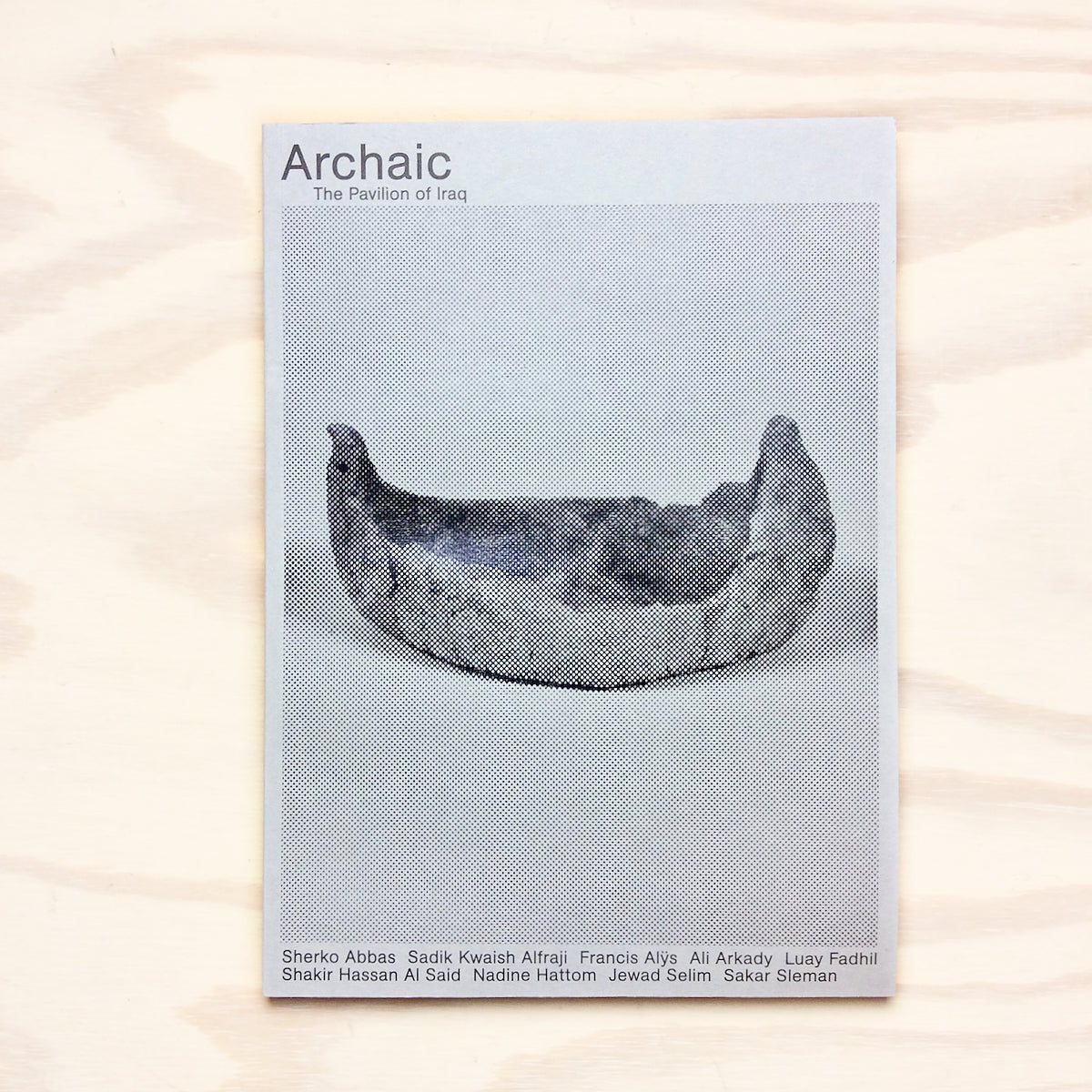Archaic – The Pavilion of Iraq
Archaic – The Pavilion of Iraq
Tamara Chalabi and Paolo Colombo
Mousse Publishing
2017
9788867492787Softcover
29.5 x 21.5 x 1.5
140 pages
Normaler Preis
28,00 €
Normaler Preis
Verkaufspreis
28,00 €
Grundpreis
pro
inkl. MwSt.
Verfügbarkeit für Abholungen konnte nicht geladen werden
The catalogue of the Pavilion of Iraq at the 57th Venice Biennale, this book presents eight Iraqi artists of different generations—Sherko Abbas, Sadik Kwaish Alfraji, Ali Arkady, Luay Fadhil, Shakir Hassan Al Said, Nadine Hatton, Jewad Selim, and Sakar Sleman—together with work made by Francis Alÿs when he was embedded with a battalion of Peshmerga near Mosul, and a stunning collection of artefacts from the Iraq Museum of Baghdad. For the majority of Iraqi artists, the past has become the only present, the only defence against change, because however painful such a present may be, change is perceived as even more painful. In today’s Iraq, the structures that are part of civil societies at peace elsewhere in the world, which offer easier access to culture, to arts and letters, are mosty absent. A barren landscape ensued in 2015, with the brutal attack by ISIS, the flow of refugees, and a struggling state trying to cope with the catastrophes taking place. Many artists numbered among those refugees desperate for a life elsewhere. Yet, it's become increasingly clear that the fil conducteur throughout this story is in fact the archaic. Tellingly, archaic is also the Western view of the other, of a war-torn land that is easier to view as such than anything else. Archaic is the approach of the visual arts, the overwhelming rich heritage of the past with the overbearing paucity of the present. All the work featured in this book draws out the tension in the term archaic, to emphasise its particular relevance to Iraq, a country where the existing political, administrative, social and economic reality is arguably as “archaic” as its ancient heritage.

















